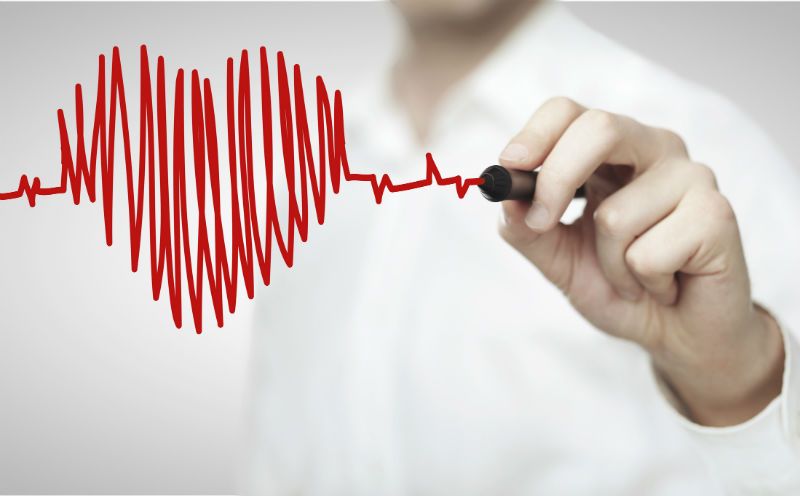Understanding the drug rehabilitation process

Join AFP's 100,000+ followers on Facebook
Purchase a subscription to AFP | Subscribe to AFP podcasts on iTunes
News, press releases, letters to the editor: augustafreepress2@gmail.com
Advertising inquiries: freepress@ntelos.net

Transitioning from a SUD (substance use disorder) to a sober life isn’t always an easy thing. In fact, it takes lifelong commitment, dedication plus hard work. Although the journey towards sobriety might be difficult, professional treatment can make it easier for you to kick start that endeavor.
Though individual experiences might vary, people who participate in an addiction rehab program often go through four distinct phases of treatment. These include intake, detox, rehabilitation, as well as aftercare or ongoing recovery.
Intake- Formulation of a Personalized Care Plan
During this process, you’ll undergo various assessments that’ll enable your treatment team to pinpoint the best treatment plan for your specific treatment needs.
In most cases, the intake process will entail meeting with a professional to explore various treatment options and determine which treatment approach will work perfectly for you. The main goal is to devise a customized treatment plan based on several aspects, including your medical, emotional, as well as social functioning.
The treatment team will conduct extensive assessments which might include a psychosocial assessment, a medical examination, and a psychological evaluation. And if you suffer from a co-occurring disorder, a dual diagnosis will be performed to explore additional treatment options to make sure that you receive adequate support and care. However, it’s important to note that this often applies to those suffering from both a mental illness and an SUD.
Detox- Elimination of Addictive Substances from the Body
A detox might sometimes involve uncomfortable symptoms. But with the right level of medical supervision, the patient’s safety and comfort are guaranteed throughout the withdrawal period.
People at risk of experiencing these dicey withdrawal symptoms often benefit from added monitoring and the pharmacologic interventions provided by the medical detox facility.
The treatment approach plus utilized during detox will usually depend on the type of substance being abused. Prior to detox, you’ll be examined by a medical professional to determine certain risks of withdrawal, the possibility of complicated withdrawal, and the best medical interventions which might help mitigate these risks.
Rehab- Nurturing Long-term Treatment Efforts
After successfully completing detox, you’ll proceed to the next phase of recovery referred to as rehabilitation. This phase allows you to experience intensive therapy while also allowing you to examine the underlying issues which lead you to substance abuse.
Typically, the available options include outpatient and inpatient programs. Depending on your personal needs, an appropriate treatment approach will be suggested to you by your physician.
Recovery and Aftercare
The rehab facility will always provide follow-up programs that are designed to help patients cope up with their daily lives. Typically, the aftercare program offered by an Affordable Dayhab Treatment Centre will incorporate additional counseling, regular meetings, and classes for other members of the community.
The Bottom-Line
Intake comprises of a detailed evaluation, which is then utilized for creating a personalized treatment plan. On the other hand, detox is designed for managing unpleasant withdrawal symptoms whereas rehab involves extensive therapy that’s focused on rectifying drug-seeking behaviors and teaching important relapse prevention skills. Successfully completing these steps will help you overcome your addiction and lead a healthier and sober life.
 Pathways Drug Rehabilitation Luxury Addiction Treatment & Detox Center
Pathways Drug Rehabilitation Luxury Addiction Treatment & Detox Center


